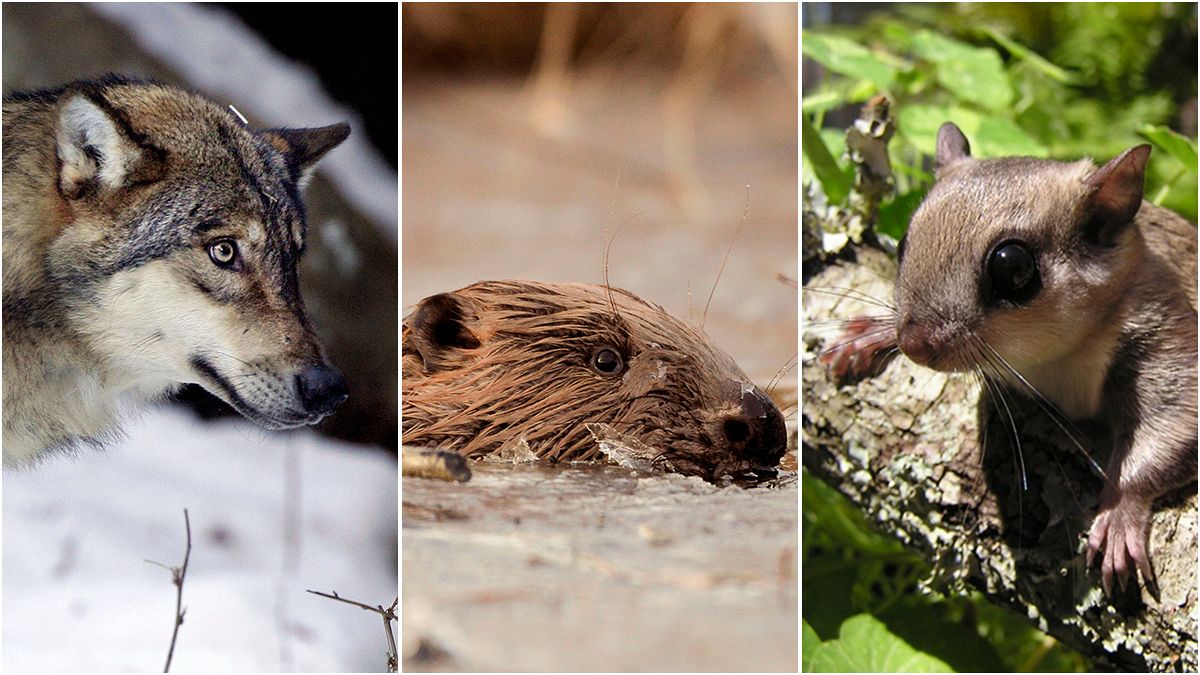Europe’s most precious wildlife and their habitats face their biggest threat in a generation amid a Brussels drive to kickstart economic growth, it’s been claimed.
Green NGOs claim the protected habitats, which cover around a fifth of Europe, could be damaged, putting more and more birds, animals and plants at risk of extinction.
Brussels is in the midst of a consultation amid moves to modernise directives governing the EU’s protected habitats.
Critics say the European Commission (EC) has already made its mind up to weaken its Birds and Habitats directives.
They say, under pressure from lobbyists, Brussels wants to cut red tape in a bid to make it easier for business to create economic growth.
Nearly half-a-million people have written to the EC to demand nature legislation is not watered down – smashing the record for an EC consultation, previously held by one on TTIP, the proposed EU-US trade deal, which prompted 145,000 responses.
Business groups have insisted they want to make the legislation more flexible rather than weaken it, while the EC says the laws form the “cornerstone of Europe’s nature conservation policy”.
But Ariel Brunner, head of EU policy at BirdLife Europe, said overhauling the legislation can only mean one thing, weakening it. He said if the EC had wanted to strengthen the directives, it could have just improved enforcement.
“Within the commission there has been a very flawed view that any legislation in general is harmful for business and an obstruction to the economic recovery,” he told Euronews. “They are looking at what they can do to reduce environmental protection in the hope it will stimulate economic activity.”
Europe’s most under-threat bird species
- Black-tailed godwit
Credit: Andreas Trepte
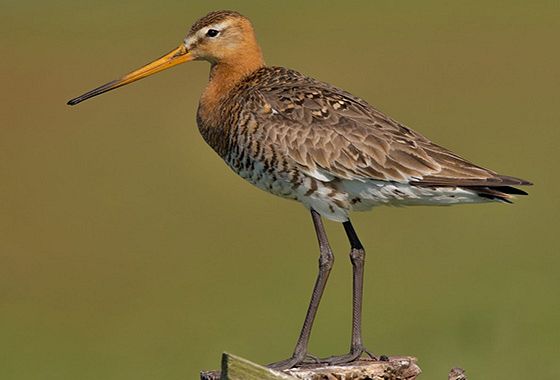
- Crane
Credit: Artemy Voikhansky
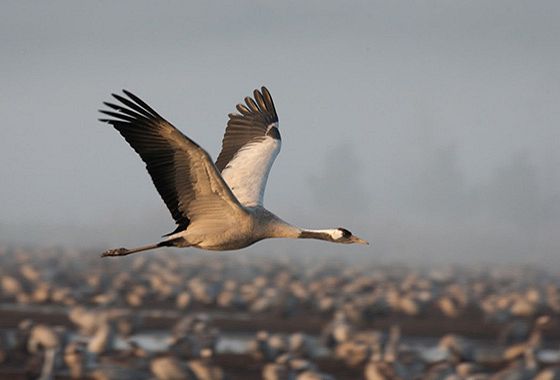
- Dalmatian pelican
Credit: Satriver (Flickr)
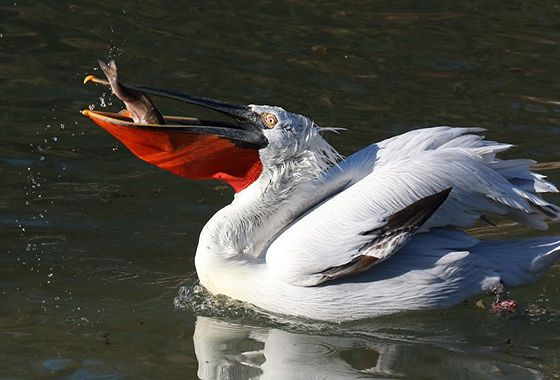
- European turtle dove
Credit: Stefan Benko
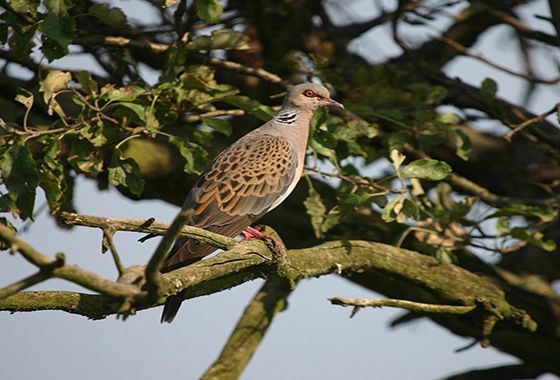
- Great bustard
Credit: Andrej Chudý
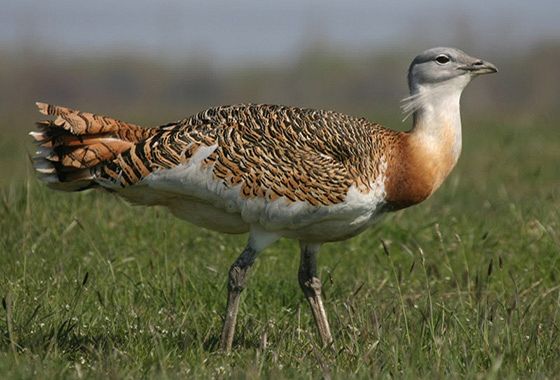
- White-tailed sea eagle
Credit: RSPB
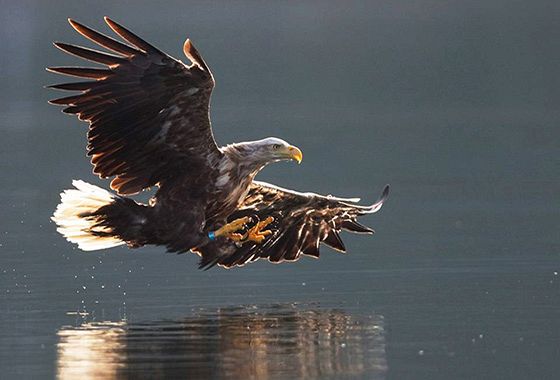
- Northern lapwing
Credit: Victor (Flickr)
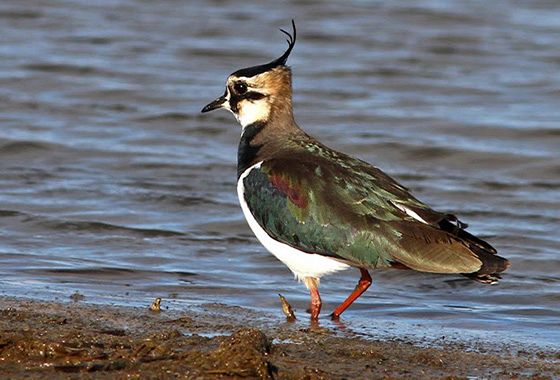
- Spanish imperial eagle
Credit: Jesús Rodriguez Osorio
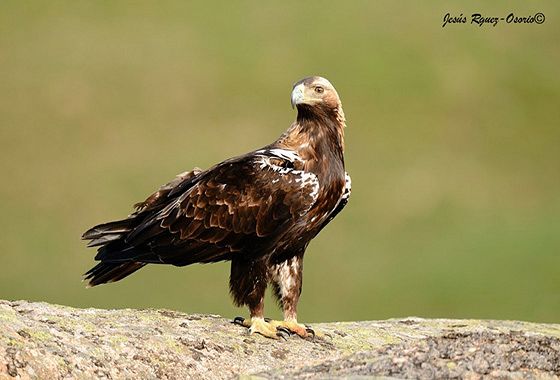
- White-headed duck
Credit: Donald Macauley
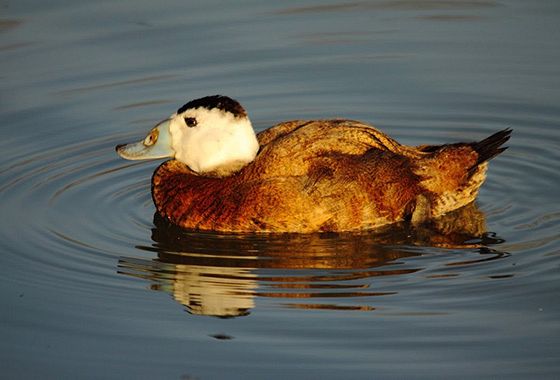
- Egyptian vulture
Credit: Svetoslav Spasov
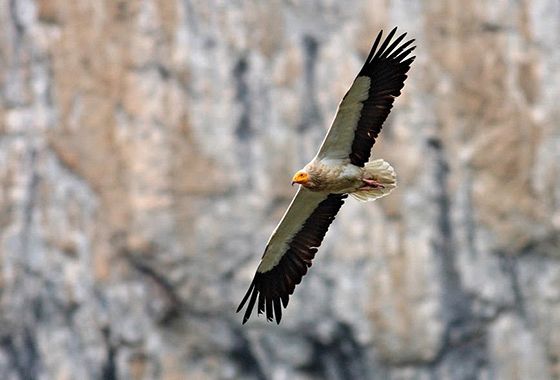
Environmental groups claim weakening the laws would threaten already-at-risk creatures such as wolves, beavers and flying squirrels, as well as endangered birds, including the Egyptian vulture, Dalmatian pelican and the European turtle dove.
“It’s the biggest threat to EU nature in a very long time,” said Mr Brunner. “We would have lots of birds extinct by now if we did not have that protection. If you weaken the legislation a lot more would be lost.
“The impact of weakening will be felt all over the world, many species in Europe for example migrate to Africa.
“Even more importantly is the message it would send to the rest of the world.
“We have the best nature conservation in the world. If we destroy it the message you’re sending to China, India and Africa is a devastating one. If the richest economy can’t protect nature do we expect from countries where their populations are starving?”
A State of Nature report by the European Environment Agency found in May that the majority of habitats and species in Europe have an “unfavourable conservation status” and that the continent’s biodiversity was “still being eroded”.
Leonardo Mazza, senior policy officer for water, biodiversity and soil protection at EEB, claimed changes to the directives could mean a “whole round of harmful developments” to EU nature sites.
He said: “I think the origins of these potential changes come from the fact there’s a number of vocal stakeholder groups (in farming, transport) who complain about the directives and consider they impose unnecessary constraints on their activities.
“We believe the legislation is already a compromise between economic development and preserving the natural environment. If you make these rules even more flexible then it’s going to be impossible to achieve the objectives of the directives.
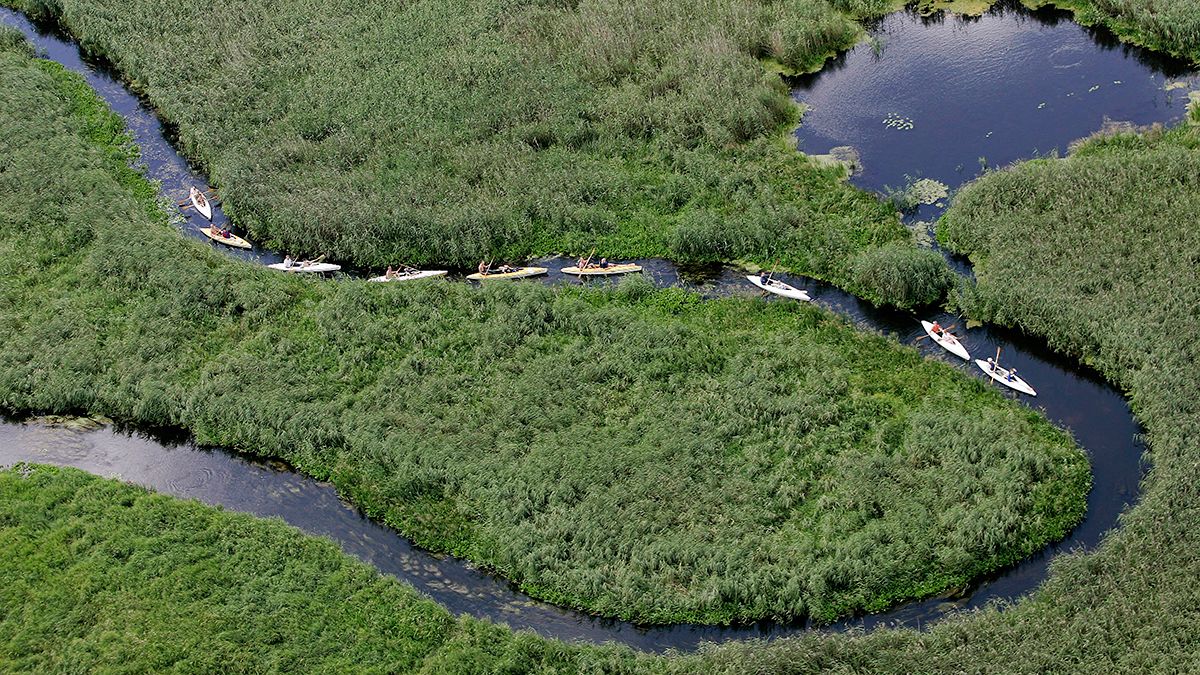 Success story: Rospuda Valley, Poland
Success story: Rospuda Valley, Poland
Case study: How nature directives helped to protect one of Poland’s most precious wildlife sites
EEB (European Environmental Bureau) claims the European Union’s Birds and Habitats directives are working.
The directives set out minimum conservation standards which member states are compelled to meet or better.
EEB points to a case in Poland as evidence of how the legislation has worked to protect the environment.
In 2007, Polish authorities gave contractors the go-ahead to start work on a new 17.1 kilometre bypass, which would cut through the Rospuda river valley, a “mosaic of unspoilt habitats within one of the best-maintained primeval forests in Central Europe”.
The European Commission, citing the fact it was a site of “precious natural heritage”, took Poland to the European Court of Justice.
In 2009, Poland announced it had chosen a new route.
If the site had not been protected under EC legislation it is difficult to imagine how Brussels would have had the means to argue its case against Poland.
“We could see changes where it would be easier for economic development (eg, building roads or hydro power stations or intensive farming) to happen in protected areas and remove the obligation to carry out assessments over the impact development will have on sites and species.”
“I think the challenge we’re seeing is the biggest to the EU’s nature sites in the last couple of decades, for sure. It’s the first time the rules are being challenged and a weakening these laws will mean conservation being undermined.”
Catrin Schiffer, from German business group BDI, told Euronews: “I don’t think I could say they [the EU nature directives] are holding business back. It’s not all businesses, it’s just some areas where there is protection.
“It’s just a burden from time to time and it’s hard because the processes are long and the costs are pretty high.
“We don’t have a problem with the [environmental] standards, it’s perfectly fine as it is, we just need a bit more flexibility.”
The European Commission said in a statement: “The fitness check of the Birds and Habitats Directives is part of a broader exercise of taking stock of EU legislation to ensure that it is fit for purpose.
“The objectives of the nature legislation are not being called into question.
“The Birds and Habitats Directives form a cornerstone of Europe’s nature conservation policy. The Commission is therefore committed to ensuring that there is no scaling back on its objectives.
“As asked in the mission letter of President Juncker to Commissioner Vella, the focus of the Fitness Check is to ensure that an effective legislative framework is in place and that it can produce real results on the ground.”
The EC’s consultation closes on July 24. Results of the fitness check are set to be published in early 2016.
Main image: Under threat? A wolf, a beaver and a flying squirrel. Picture credits: Reuters/Eric Gaillard/Vasily Fedosenko/Flickr/Clevergrrl


